On the morning of December 2, in Da Lat City (Lam Dong Province), the Ministry of Agriculture and Rural Development (MARD) coordinated with the People's Committee of Lam Dong Province to organize the Conference "Sustainable development of Vietnam's sericulture industry".
Attending the conference were Deputy Minister of Agriculture and Rural Development Phung Duc Tien; Vice Chairman of Lam Dong Provincial People's Committee Nguyen Ngoc Phuc; leaders of relevant departments, divisions and units of the Ministry of Agriculture and Rural Development; representatives of the People's Committees and the Agriculture sector of provinces and cities growing silkworms across the country...
According to the report at the Conference of the Department of Livestock (Ministry of Agriculture and Rural Development), the profession of growing mulberry and raising silkworms has existed for a long time and has become a traditional profession in Vietnam. Mulberry and silkworms have been associated with many generations of farmers and have become a cultural feature in the lives of Vietnamese people. During the process of formation and development, there have been ups and downs, at one point the mulberry area reached 38,000 hectares, with cocoon production of 26,000 tons/year (1995). Up to now, only a few localities with advantages in climate, soil, and land have continued to develop. However, Vietnam's silk production is still in the top 5 in the world, after China, India, Uzbekistan and Thailand.
Despite the increase in silk production, Vietnam still has to import thousands of tons of raw silk each year, mainly from Japan, China and Uzbekistan, for processing for export purposes. Currently, the main silkworm breeds being raised for silk are the white cocoon bi-system silkworm breed for high quality silk; the yellow cocoon multi-system silkworm breed for lower quality silk and the hybrid multi-system silkworm. Of which, about 90% of the white cocoon bi-system silkworm breed must be imported from China (through unofficial channels), and domestic silkworm and mulberry breeds with high productivity and quality are still few. Mulberry growers and silkworm breeders have little investment and application of technical advances in production. The Vietnamese silkworm market is still weak and lacks information, and lacks product diversity participating in the market, especially products with high added value processed from mulberry.
The Department of Animal Husbandry also reported that currently, there are 32 provinces nationwide with mulberry cultivation and silkworm raising with an area of about 13.2 thousand hectares of mulberry, of which the Central Highlands accounts for 77%, followed by the mountainous and midland regions with 11%, the least is the Mekong Delta region with only 0.05%, other regions from 2.94-5.14%.
The total mulberry area has tended to increase in recent years. The mulberry area in 2022 increased by 58.22% compared to 2018. In the period 2019 - 2022, the mulberry growing area for silkworm raising has increased over the years. The average growth in the period 2018 - 2022 is 12.15%.
The Central Highlands' silkworm cocoon output in 2021 reached 14,732 tons, accounting for 89.58% of the country's total, of which Lam Dong alone had a silkworm cocoon output of 14,630 tons, accounting for 88.96% of the country's total.
Currently, the price of yellow cocoons ranges from 110,000 - 120,000 VND/kg; the price of white cocoons ranges from 170,000 - 205,000 VND/kg (prices depend on region and season). Up to now, farmers growing mulberry to raise silkworms have an income 2 to 3 times higher than other crops such as rice, tea, sugarcane... encouraging more and more people to participate in growing mulberry to raise silkworms.
Regarding silkworm cocoon output, since 2018, silkworm cocoon output has gradually increased. In 2019, the whole country produced 11,855 tons of silkworm cocoons of all kinds, a sharp increase compared to 2018 (42.9%); in 2020, it was 14,937 tons, an increase of 25.9% compared to 2019; in 2021, it was 16,444 tons, an increase of 10.08% compared to 2020; in 2022, it was 16,824 tons, an increase of 2.31% compared to 2021. The average growth rate in the period 2018-2022 is 19.33%.
Despite the above positive changes, in order to promote potential and solve production bottlenecks, the Vietnamese silk industry needs to develop with a production value chain approach from egg selection, mulberry planting, silkworm rearing, distribution and trade organization, and product consumption domestically and internationally.
Speaking at the conference, Deputy Minister of Agriculture and Rural Development Phung Duc Tien emphasized: In recent years, despite being affected by the COVID-19 pandemic and its multi-faceted consequences, Vietnam's economy in general and the Vietnamese sericulture industry in particular have grown. This shows that in the development strategy of this industry, from the planning stage, investment in research and application of science and technology, infrastructure systems, breed selection, market expansion promotion, etc., appropriate steps have been taken, contributing to promoting significant development up to the present time.
However, according to the Deputy Minister, in the coming time, the entire Vietnamese silk industry needs to review all stages to properly assess the current situation, difficulties and limitations, on that basis, there will be orientations for more stable and sustainable development. Along with that, the Vietnamese silk industry must be connected to each other and to the world market more closely and expand further.
Speaking at the conference, Vice Chairman of Lam Dong Provincial People's Committee Nguyen Ngoc Phuc said that Lam Dong is the province with the largest mulberry growing area in the country with 9,800 hectares, silkworm cocoon output reaching nearly 16,000 tons/year, silk output reaching over 2,000 tons. The whole province currently has about 32 silk reeling and weaving facilities with over 100 automatic silk reeling rows with modern, high-capacity production lines; the development of the mulberry growing and silkworm raising industry has created livelihoods for about 16,000 mulberry growing and silkworm raising households, contributing to hunger eradication, poverty reduction, and increasing income for people.
To achieve the above results, the province has recently directed the local agricultural sector to restructure the sector, converting ineffective crops to mulberry cultivation for silkworms. The industry and trade sector supports industrial promotion to develop the processing industry and develop brands. The provincial People's Committee also approved the Project for sustainable development of the mulberry and silk industry in Lam Dong province for the period 2019-2023 with the goal of increasing the mulberry growing area of the whole province to 9,500-10,000 hectares; cocoon output to 14,000-14,500 tons, silk output to 1,800-1,900 tons; forming inter-district linkages on developing mulberry production associated with the consumption of cocoon and silk products.
In order to promote the sustainable and effective development of the Vietnamese silkworm industry in general and Lam Dong province in particular, Vice Chairman of Lam Dong Provincial People's Committee Nguyen Ngoc Phuc hopes that at this Conference, the experiences, achievements, and difficulties in the silkworm production process will be shared by localities and units across the country; at the same time, based on the results of the Conference, many new policies will be issued or proposed to the Government to remove difficulties, obstacles, and shortcomings to help the silkworm industry develop sustainably and effectively.
On this occasion, representatives of the Central Sericulture Research Center, the Vietnam Sericulture Association, the Department of Agriculture and Rural Development of some localities with large mulberry and silk growing areas and some enterprises operating in the mulberry and silk growing sector made relevant reports, proposals and recommendations, attracting attention and consensus at the Conference./.
Source link




![[Photo] Closing of the 11th Conference of the 13th Central Committee of the Communist Party of Vietnam](https://vstatic.vietnam.vn/vietnam/resource/IMAGE/2025/4/12/114b57fe6e9b4814a5ddfacf6dfe5b7f)


![[Photo] Overcoming all difficulties, speeding up construction progress of Hoa Binh Hydropower Plant Expansion Project](https://vstatic.vietnam.vn/vietnam/resource/IMAGE/2025/4/12/bff04b551e98484c84d74c8faa3526e0)


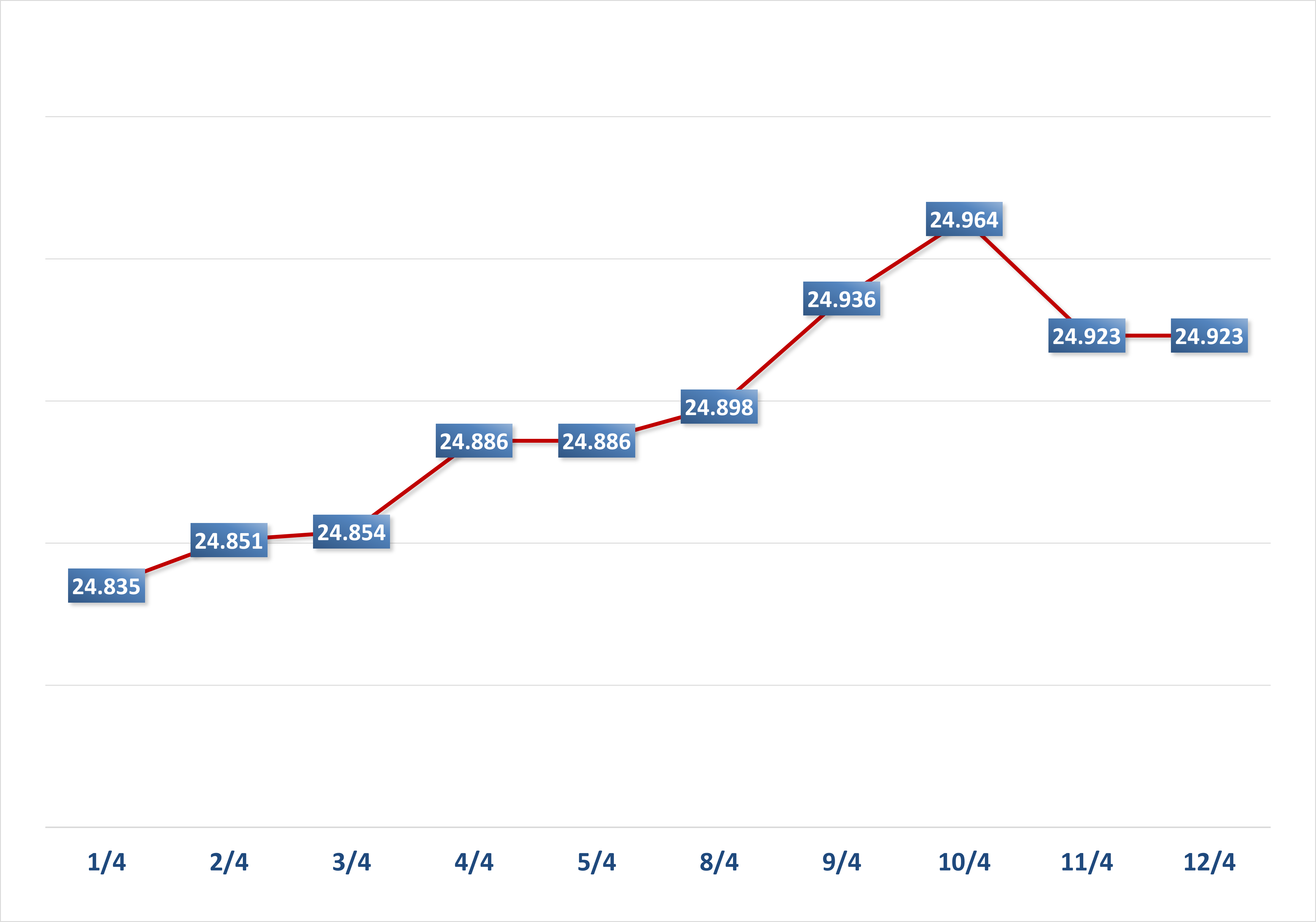


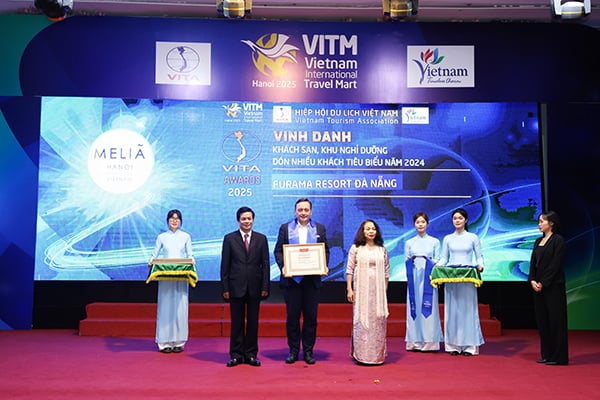



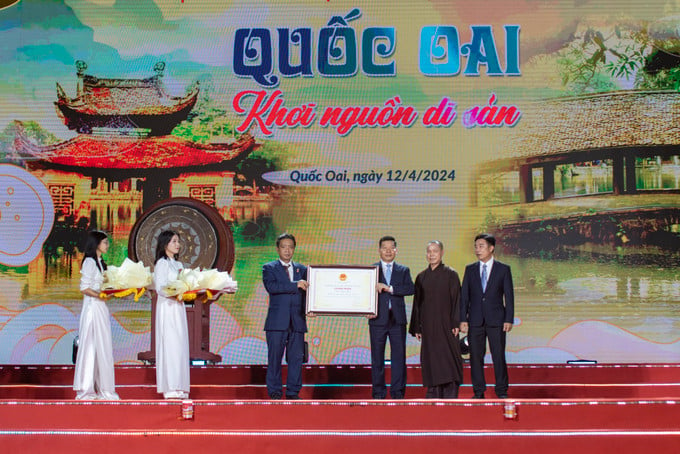




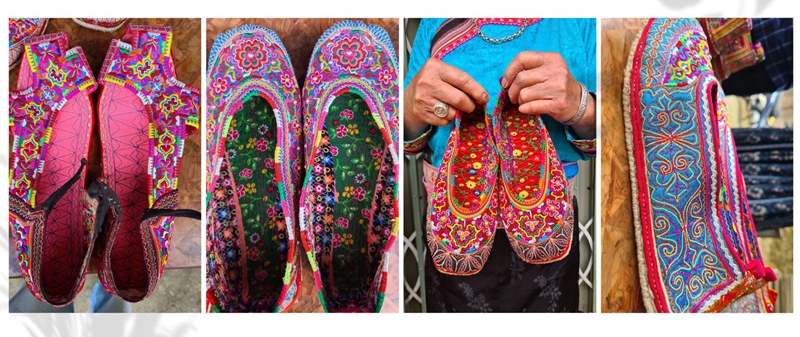















































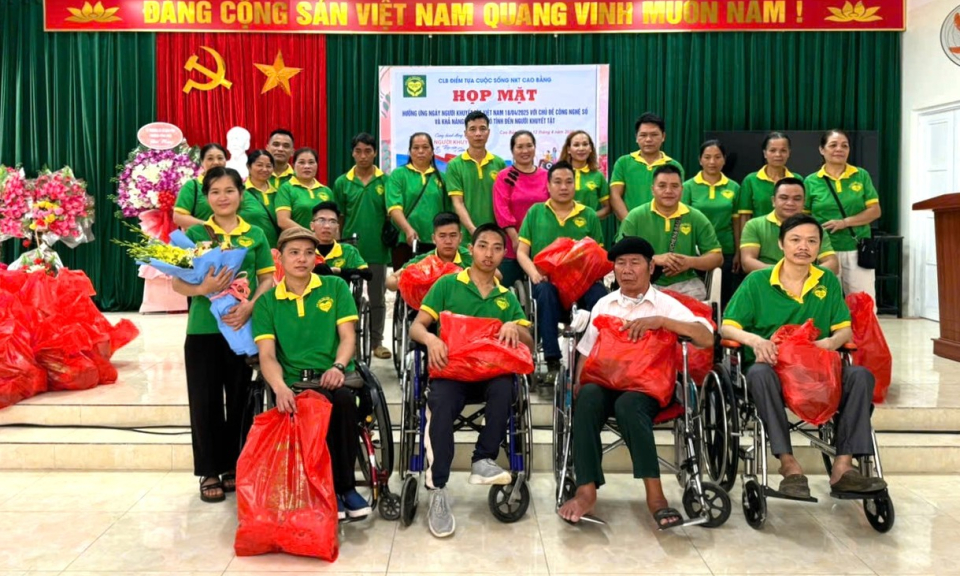

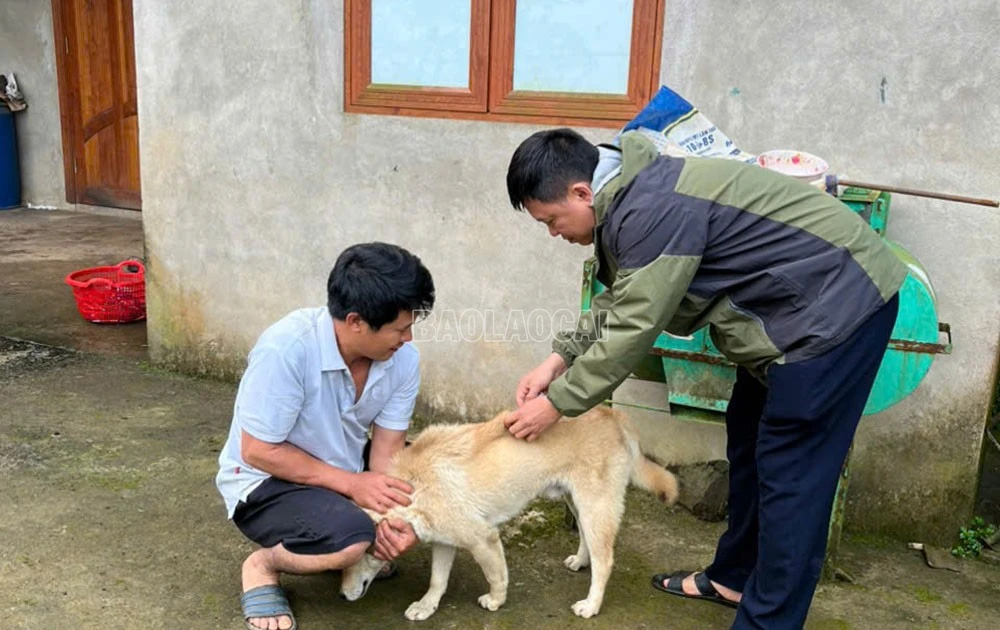




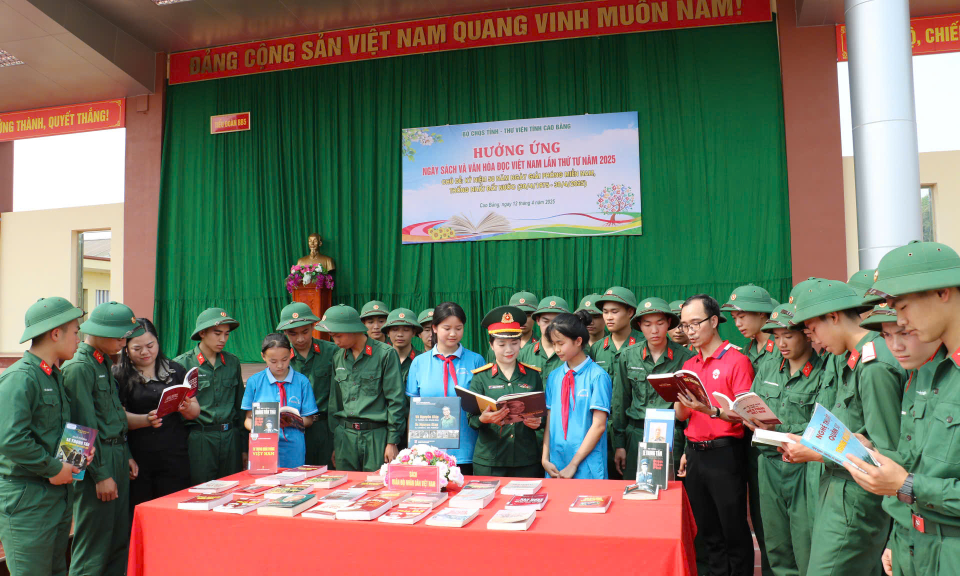












Comment (0)